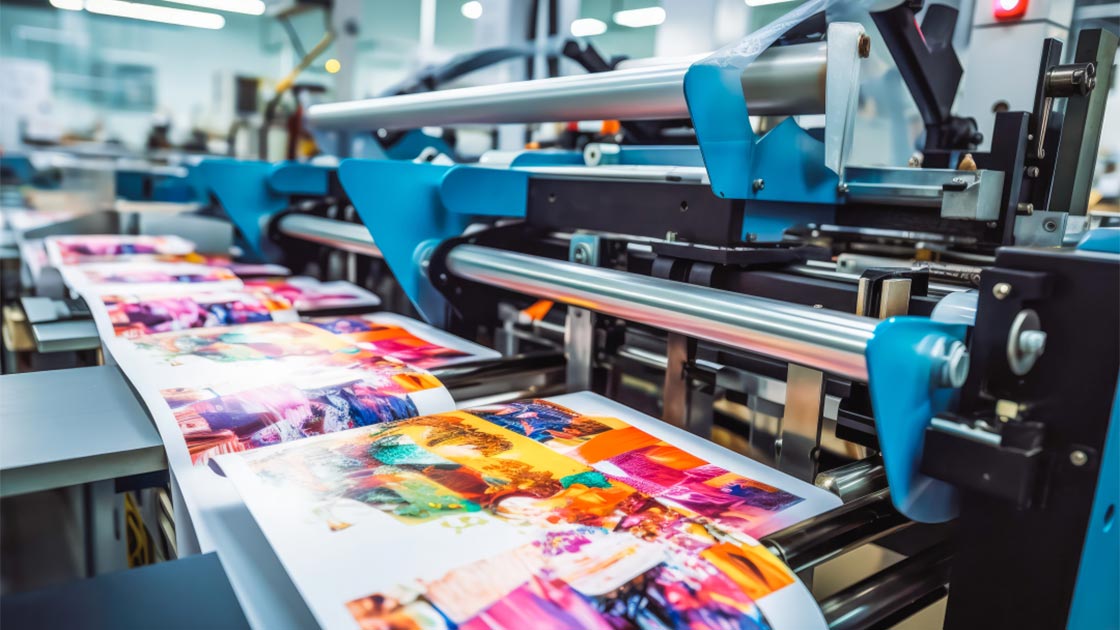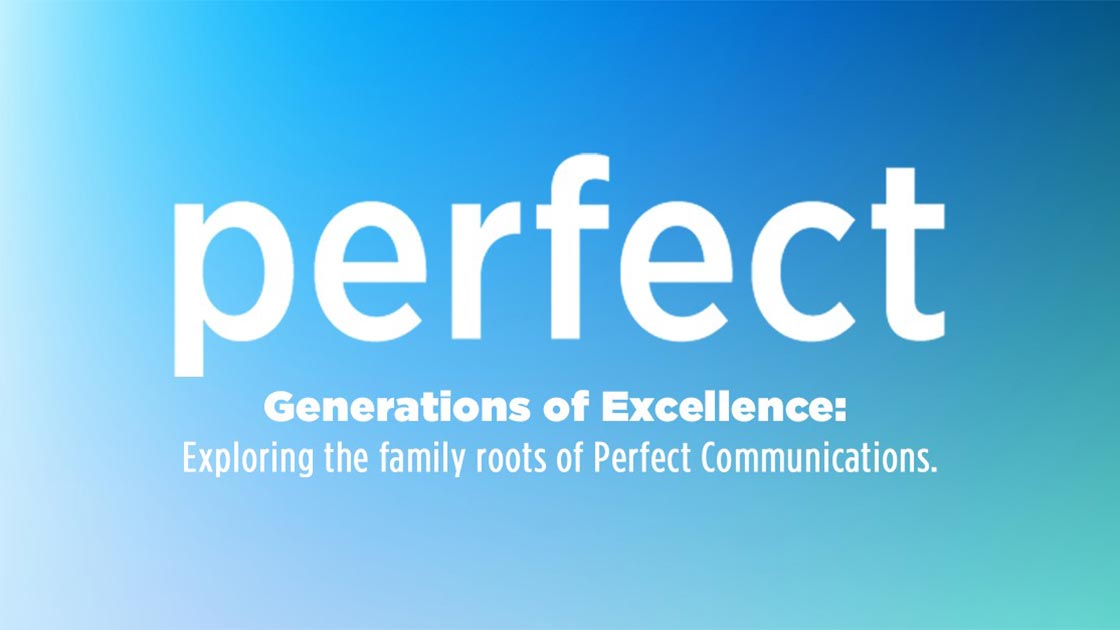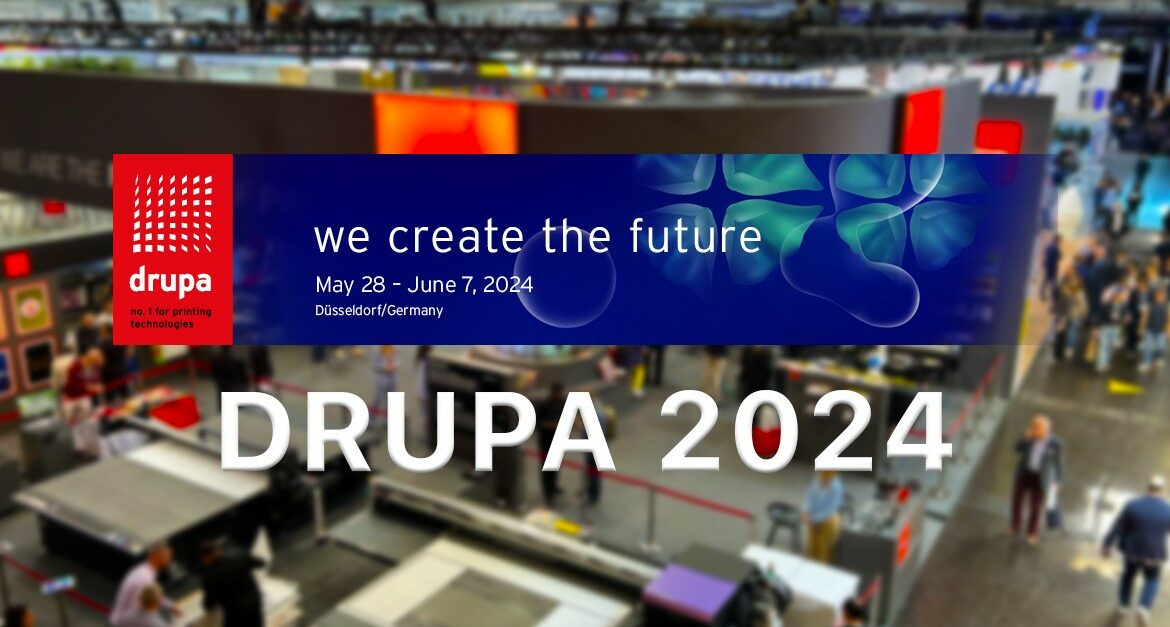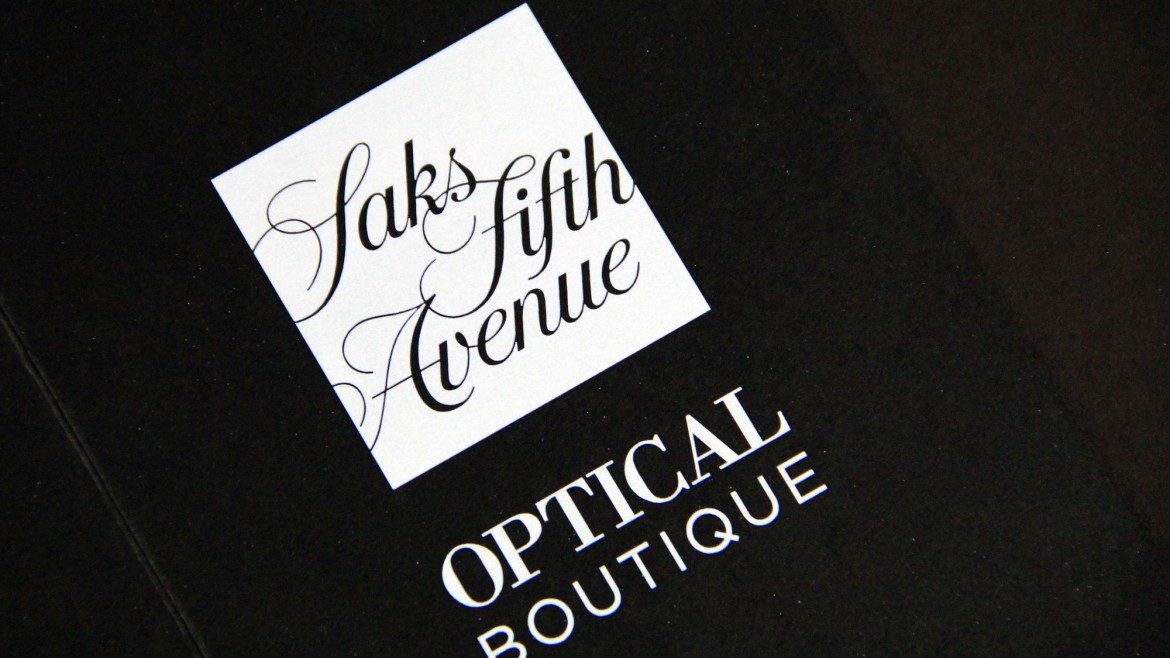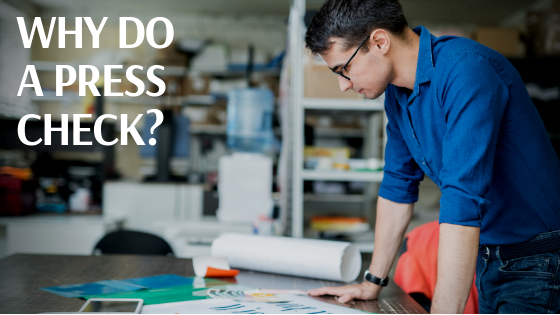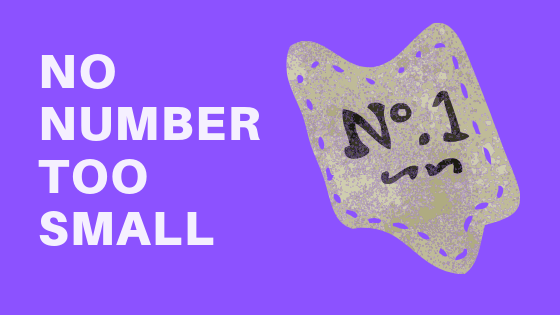Print Marketing in the Digital Era: Why Traditional Printing Still Matters
https://perfectcommunications.com/wp-content/uploads/2024/09/1720625696381_1120x630-1024x576.jpg 1024 576 Nick Merola Nick Merola https://secure.gravatar.com/avatar/f421fd64a370846d120784dae21e15d12e64b0e41ee2dc7243a15ef78a5abbe0?s=96&d=mm&r=gIn an age dominated by digital screens and virtual interactions, it’s easy to overlook the enduring power of traditional print marketing. Yet, amidst the ever-evolving landscape of advertising platforms and technologies, print marketing continues to hold its ground as a potent and impactful tool for businesses of all sizes. From brochures and flyers to direct mailers and posters, print materials offer a tangible and immersive experience that digital channels often struggle to replicate. In this article, we explore why traditional printing still matters in the digital era and why businesses should continue to invest in this time-tested marketing strategy.
Tangible Impact
One of the most compelling aspects of print marketing is its tangible presence. Unlike digital ads that can be easily overlooked or forgotten, print materials occupy physical space and demand attention. Whether it’s a beautifully designed brochure sitting on a desk or a striking poster adorning a storefront, print marketing has a lasting impact that extends beyond the digital realm.
Brand Credibility
Print materials inherently convey a sense of credibility and trustworthiness. Consumers often perceive printed materials as more reliable and legitimate compared to digital ads, which can be perceived as fleeting or even intrusive spam. By investing in high-quality print materials, businesses can build trust with their audience and establish a strong brand presence in the market.
Targeted Reach
Just like digital advertising, print marketing offers opportunities for targeted outreach. From direct mail campaigns to niche publications, print materials can be tailored to specific demographics and geographic regions, ensuring that your message reaches the right audience at the right time. With advanced data analytics and printing technologies, businesses can personalize print materials to create meaningful connections with their target customers.
Complementary to Digital Efforts
Rather than viewing print and digital marketing as competing forces, savvy businesses recognize the synergy between the two. Print materials can complement digital efforts by driving traffic to online platforms, enhancing brand visibility, and reinforcing key messages. By combining the strengths of print and digital marketing, businesses can maximize their reach and engagement across multiple touchpoints.
Longevity and Memorability
Unlike digital ads that disappear with a click, print materials have a longer lifespan and greater staying power. A well-designed brochure or flyer can linger in a customer’s home or office, serving as a constant reminder of your brand and offerings. Moreover, print materials are often shared among friends, family, and colleagues, amplifying their reach and impact over time.
While the digital revolution has undoubtedly transformed the marketing landscape, traditional print marketing remains a potent force in the arsenal of savvy businesses. In an age of constant innovation and change, the timeless appeal of print marketing continues to shine bright, proving that sometimes, the classics are classic for a reason.
Let’s bring your vision to life: Contact Us


